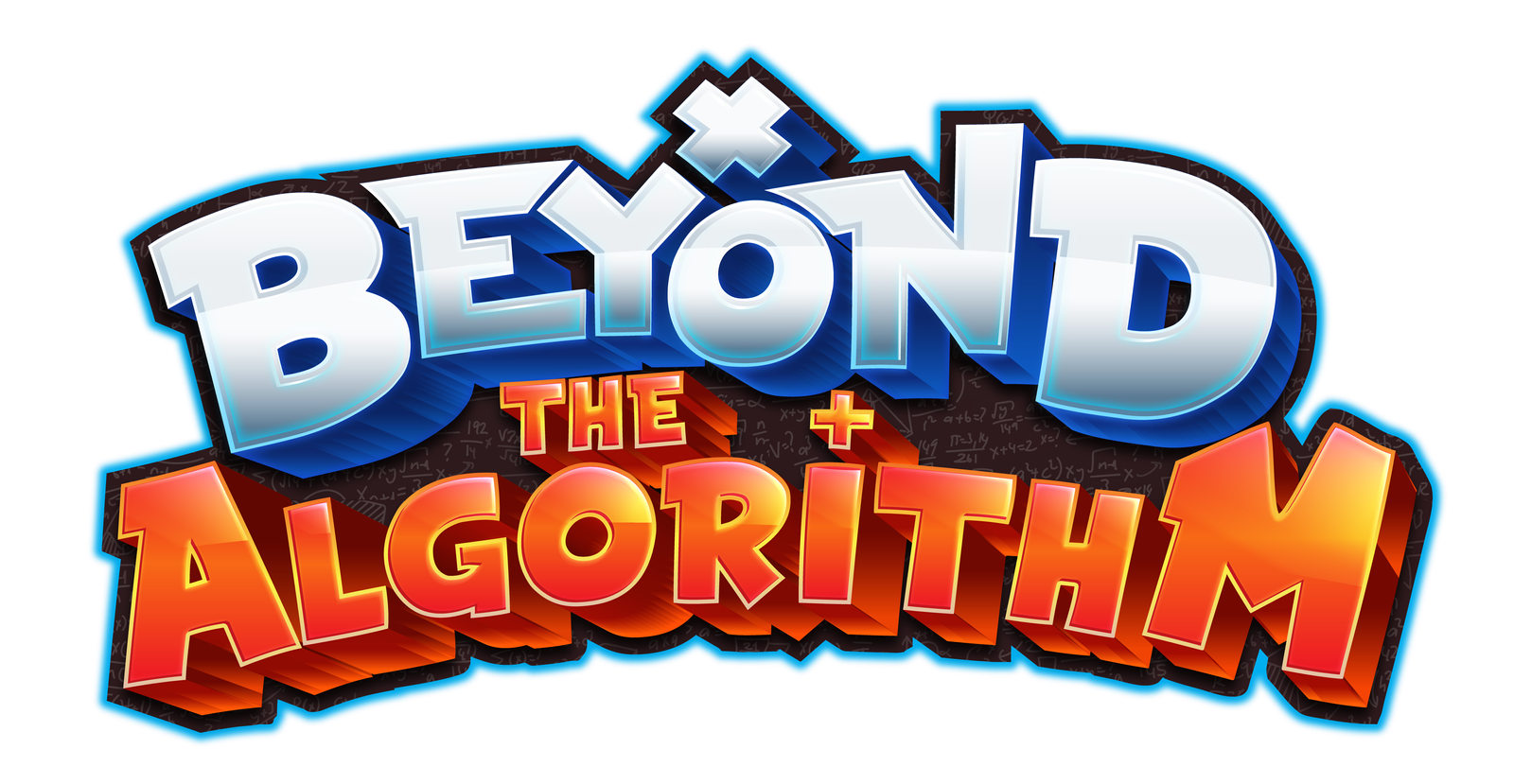NUMBER OUTCOME 3.1
Demonstrate understanding of whole numbers to 1000 (concretely, pictorially, physically, orally, in writing, and symbolically).
Demonstrate understanding of whole numbers to 1000 (concretely, pictorially, physically, orally, in writing, and symbolically) including:
- representing (including place value)
- describing
- estimating with referents
- comparing two numbers
- ordering three or more numbers.
NUMBER OUTCOME 3.2
Demonstrate understanding of addition of whole numbers with answers to 1000 and their corresponding subtractions (limited to 1, 2, and 3-digit numerals).
Demonstrate understanding of addition of whole numbers with answers to 1000 and their corresponding subtractions (limited to 1, 2, and 3-digit numerals) including:
- representing strategies for adding and subtracting concretely, pictorially, and symbolically
- solving situational questions involving addition and subtraction
- estimating using personal strategies for adding and subtracting.
NUMBER OUTCOME 3.3
Demonstrate understanding of multiplication to 5 x 5 and the corresponding division statements.
Demonstrate understanding of multiplication to 5 x 5 and the corresponding division statements including:
- representing and explaining using repeated addition or subtraction, equal grouping, and arrays
- creating and solving situational questions
- modelling processes using concrete, physical, and visual representations, and recording the process symbolically
- relating multiplication and division.
NUMBER OUTCOME 3.4
Demonstrate understanding of fractions concretely, pictorially, physically, and orally.
Demonstrate understanding of fractions concretely, pictorially, physically, and orally including:
- representing
- observing and describing situations
- comparing
- relating to quantity.
PATTERNS & RELATIONS OUTCOME 3.1
Demonstrate understanding of increasing and decreasing patterns.
Demonstrate understanding of increasing and decreasing patterns including:
- observing and describing
- extending
- comparing
- creating patterns using manipulatives, pictures, sounds, and actions.
PATTERNS & RELATIONS OUTCOME 3.2
Demonstrate understanding of equality by solving one-step addition and subtraction equations involving symbols representing an unknown quantity.
Demonstrate understanding of equality by solving one-step addition and subtraction equations involving symbols representing an unknown quantity.
SHAPE & SPACE OUTCOME 3.1
Demonstrate understanding of the passage of time.
Demonstrate understanding of the passage of time including:
- relating common activities to standard and non-standard units
- describing relationships between units
- solving situational questions.
SHAPE & SPACE OUTCOME 3.2
Demonstrate understanding of measuring mass in g and kg.
Demonstrate understanding of measuring mass in g and kg by:
- selecting and justifying referents for g and kg
- modeling and describing the relationship between g and kg
- estimating mass using referents
- measuring and recording mass.
SHAPE & SPACE OUTCOME 3.3
Demonstrate understanding of linear measurement (cm and m).
Demonstrate understanding of linear measurement (cm and m) including:
- selecting and justifying referents
- generalizing the relationship between cm and m
- estimating length and perimeter using referents
- measuring and recording length, width, height, and perimeter.
SHAPE & SPACE OUTCOME 3.4
Demonstrate understanding of 3-D objects by analyzing characteristics including faces, edges, and vertices.
Demonstrate understanding of 3-D objects by analyzing characteristics including faces, edges, and vertices.
SHAPE & SPACE OUTCOME 3.5
Demonstrate understanding of 2-D shapes (regular and irregular) including triangles, quadrilaterals, pentagons, hexagons, and octagons.
Demonstrate understanding of 2-D shapes (regular and irregular) including triangles, quadrilaterals, pentagons, hexagons, and octagons including:
- describing
- comparing
- sorting.
STATISTICS & PROBABILITY OUTCOME 3.2
Demonstrate understanding of first-hand data using tally marks, charts, lists, bar graphs, and line plots (abstract pictographs).
Demonstrate understanding of first-hand data using tally marks, charts, lists, bar graphs, and line plots (abstract pictographs), through:
- collecting, organizing, and representing
- solving situational questions.
- Slow Reveal Pictograph: Dinosaur Fossil Find
- Slow Reveal Bar Graph: How Many Teeth?
- Slow Reveal Bar Graph: Worldwide Box Office
- Open Middle: Measurement & Data Collection
- Slow Reveal Pictograph: Water Usage
- Slow Reveal Pictograph: Dinosaur Fossil Find
- Slow Reveal Pictograph: Deadly Animals
- Slow Reveal Bar Graph: How Many Teeth
- Slow Reveal Bar Graph: How Long Can Animals Hold Their Breath Underwater?
- Slow Reveal Bar Graph: Horns
- Slow Reveal Bar Graph: Worldwide Box Office
